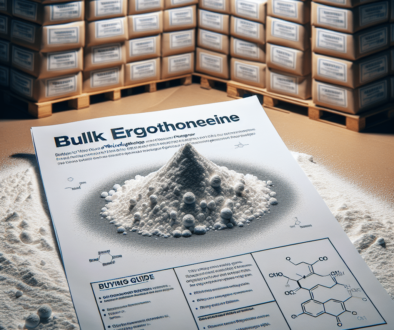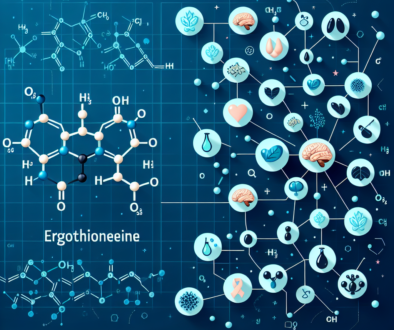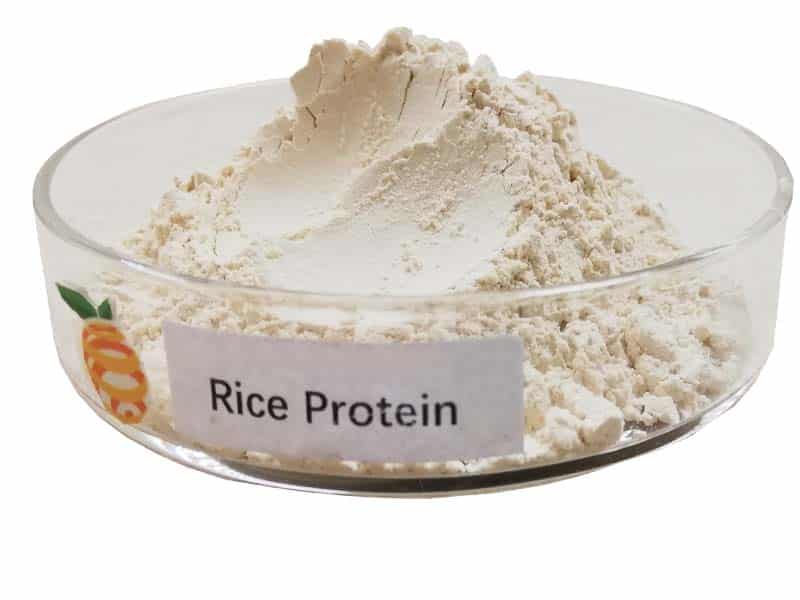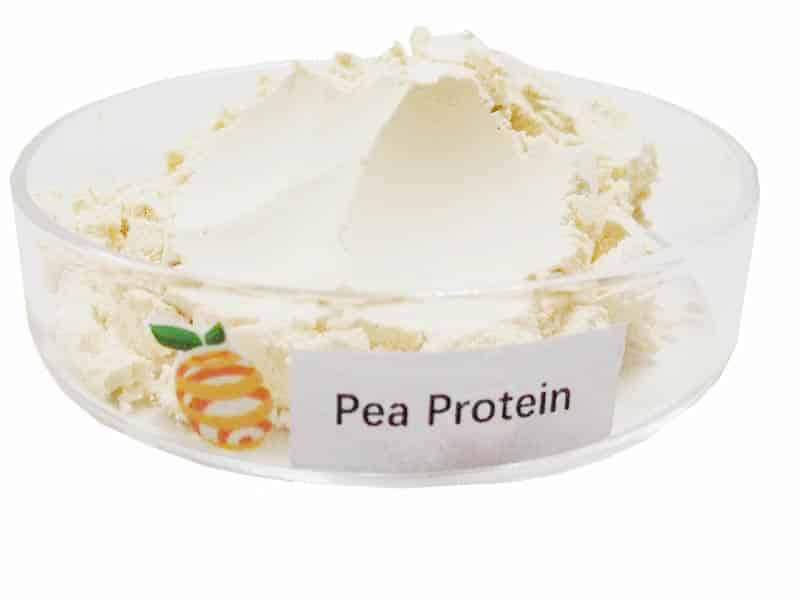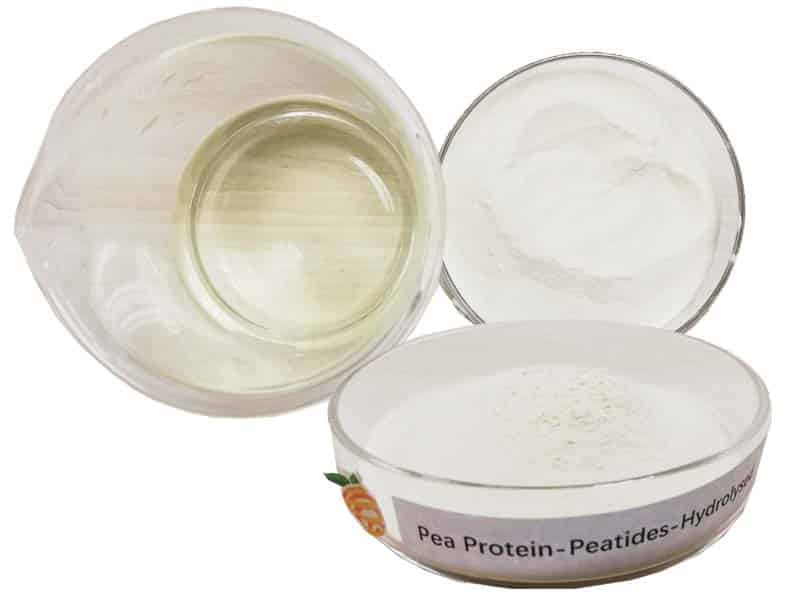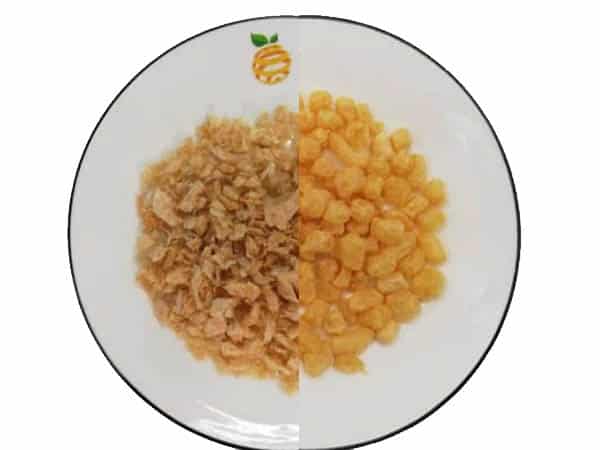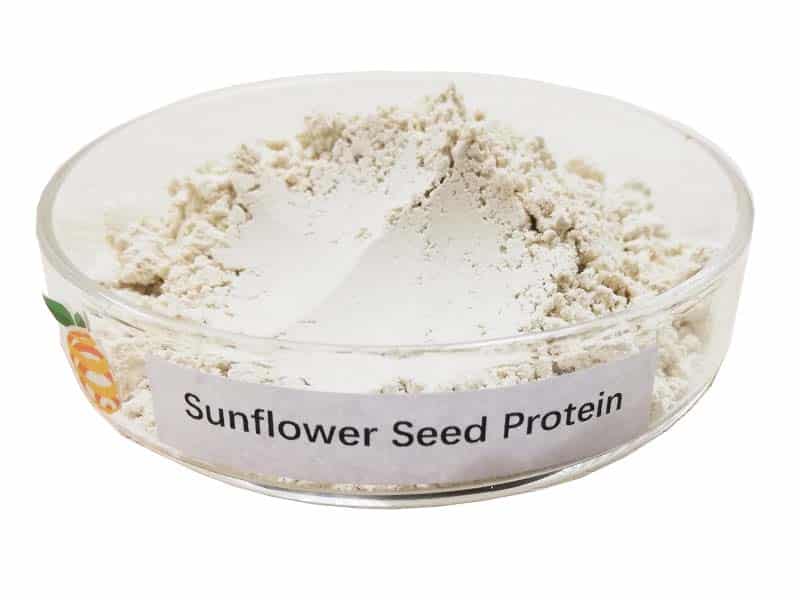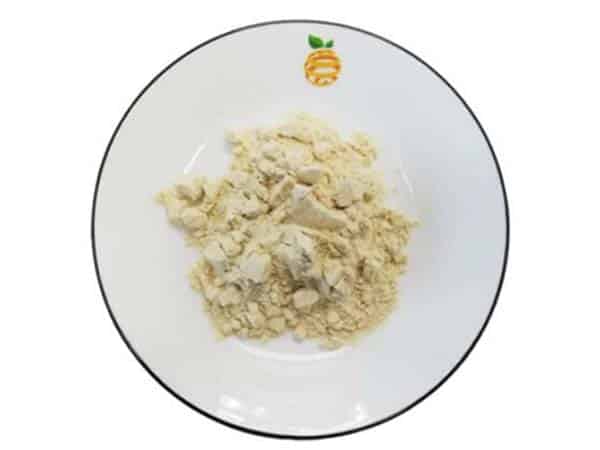Ergothioneine Analysis: Precision Detection Methods
-
Table of Contents
- Ergothioneine Analysis: Precision Detection Methods Unveiled
- Understanding Ergothioneine and Its Importance
- Challenges in Ergothioneine Detection
- Advanced Analytical Techniques for Ergothioneine Analysis
- High-Performance Liquid Chromatography (HPLC)
- Liquid Chromatography-Mass Spectrometry (LC-MS)
- Gas Chromatography-Mass Spectrometry (GC-MS)
- Capillary Electrophoresis (CE)
- Nuclear Magnetic Resonance (NMR) Spectroscopy
- Case Studies and Applications
- Future Directions in Ergothioneine Analysis
- Conclusion
- Discover ETprotein’s Premium Protein Products
Ergothioneine Analysis: Precision Detection Methods Unveiled

Ergothioneine (ET) is a naturally occurring amino acid and is considered a potent antioxidant with various potential health benefits. It is found in several dietary sources, such as mushrooms, black beans, and certain types of meat. Due to its significance in oxidative stress and its potential role in preventing diseases, accurate and precise detection methods for ergothioneine are crucial for researchers and industries alike. This article delves into the precision detection methods for ergothioneine analysis, exploring the latest advancements and techniques used in the field.
Understanding Ergothioneine and Its Importance
Ergothioneine plays a vital role in protecting cells from oxidative damage and has been linked to anti-aging properties, immune system support, and the potential to mitigate the risks of chronic diseases. Its unique structure allows it to quench free radicals and act as a cellular protectant, making it a subject of interest for nutritional science and pharmacology.
Challenges in Ergothioneine Detection
Accurate detection and quantification of ergothioneine are challenging due to its low concentration in biological samples and the presence of other interfering compounds. Therefore, the development of sensitive and selective analytical methods is essential for the precise measurement of ergothioneine levels in various matrices.
Advanced Analytical Techniques for Ergothioneine Analysis
Several analytical techniques have been developed and refined to measure ergothioneine with high precision. These methods include:
- High-Performance Liquid Chromatography (HPLC)
- Liquid Chromatography-Mass Spectrometry (LC-MS)
- Gas Chromatography-Mass Spectrometry (GC-MS)
- Capillary Electrophoresis (CE)
- Nuclear Magnetic Resonance (NMR) Spectroscopy
High-Performance Liquid Chromatography (HPLC)
HPLC is a widely used technique for ergothioneine analysis due to its high resolution and sensitivity. It involves separating ergothioneine from other compounds in a sample and detecting it using various detectors, such as UV, fluorescence, or electrochemical detectors. HPLC methods have been optimized to improve the detection limit and selectivity for ergothioneine.
Liquid Chromatography-Mass Spectrometry (LC-MS)
LC-MS combines the separation capabilities of liquid chromatography with the mass analysis power of mass spectrometry. This technique provides high sensitivity and specificity, making it ideal for detecting low levels of ergothioneine in complex biological matrices. LC-MS has been instrumental in studying the distribution of ergothioneine in tissues and its pharmacokinetics.
Gas Chromatography-Mass Spectrometry (GC-MS)
GC-MS is another powerful technique for ergothioneine analysis. It requires the derivatization of ergothioneine to make it volatile for gas chromatography. GC-MS offers high sensitivity and the ability to identify and quantify ergothioneine even in the presence of other similar compounds.
Capillary Electrophoresis (CE)
CE is a separation technique that is based on the differential migration of analytes in an electric field. It is known for its high efficiency, rapid analysis, and minimal sample requirement. CE has been applied to the analysis of ergothioneine in food and biological samples with good reproducibility and resolution.
Nuclear Magnetic Resonance (NMR) Spectroscopy
NMR spectroscopy is a non-destructive analytical technique that provides detailed information about the molecular structure of a compound. While it is less sensitive than other methods, NMR can be used to confirm the identity of ergothioneine in a sample and to study its interactions with other molecules.
Case Studies and Applications
Several studies have demonstrated the effectiveness of these analytical methods in various applications. For instance, LC-MS has been used to quantify ergothioneine in human plasma and cerebrospinal fluid, providing insights into its potential therapeutic effects. HPLC methods have been employed to analyze ergothioneine content in dietary supplements, ensuring their quality and potency.
Future Directions in Ergothioneine Analysis
The ongoing development of analytical techniques is expected to enhance the sensitivity, speed, and accuracy of ergothioneine detection. Innovations such as tandem mass spectrometry and high-resolution mass spectrometry are paving the way for more detailed and comprehensive analysis of ergothioneine and its metabolites.
Conclusion
The precise detection of ergothioneine is critical for advancing our understanding of its biological functions and potential health benefits. The analytical methods discussed provide the necessary tools for researchers and industries to accurately measure ergothioneine levels in various samples. As technology progresses, we can anticipate even more refined techniques that will further our knowledge in this field.
Discover ETprotein’s Premium Protein Products
In addition to ergothioneine analysis, it’s essential to recognize the importance of high-quality protein sources in nutrition and health. ETprotein offers a range of superior protein products that cater to various industry needs. Their organic bulk vegan proteins and L-(+)-Ergothioneine are produced with the highest standards, ensuring purity and efficacy for nutraceutical, pharmaceutical, and food and beverage applications.
About ETprotein:
ETprotein, a reputable protein and L-(+)-Ergothioneine (EGT) Chinese factory manufacturer and supplier, is renowned for producing, stocking, exporting, and delivering the highest quality organic bulk vegan proteins and L-(+)-Ergothioneine. They include Organic rice protein, clear rice protein, pea protein, clear pea protein, watermelon seed protein, pumpkin seed protein, sunflower seed protein, mung bean protein, peanut protein, and L-(+)-Ergothioneine EGT Pharmaceutical grade, L-(+)-Ergothioneine EGT food grade, L-(+)-Ergothioneine EGT cosmetic grade, L-(+)-Ergothioneine EGT reference grade and L-(+)-Ergothioneine EGT standard. Their offerings, characterized by a neutral taste, non-GMO, allergen-free attributes, with L-(+)-Ergothioneine purity over 98%, 99%, cater to a diverse range of industries. They serve nutraceutical, pharmaceutical, cosmeceutical, veterinary, as well as food and beverage finished product distributors, traders, and manufacturers across Europe, USA, Canada, Australia, Thailand, Japan, Korea, Brazil, and Chile, among others.
ETprotein specialization includes exporting and delivering tailor-made protein powder and finished nutritional supplements. Their extensive product range covers sectors like Food and Beverage, Sports Nutrition, Weight Management, Dietary Supplements, Health and Wellness Products, and Infant Formula, ensuring comprehensive solutions to meet all your protein needs.
As a trusted company by leading global food and beverage brands and Fortune 500 companies, ETprotein reinforces China’s reputation in the global arena. For more information or to sample their products, please contact them and email sales(at)ETprotein.com today.



